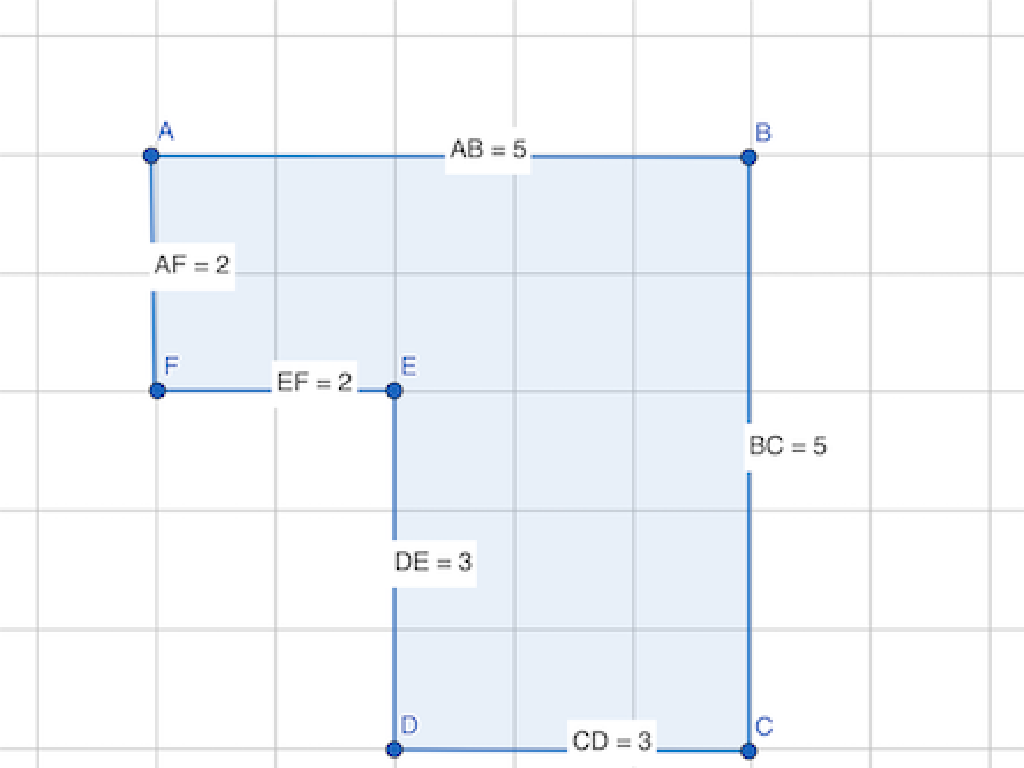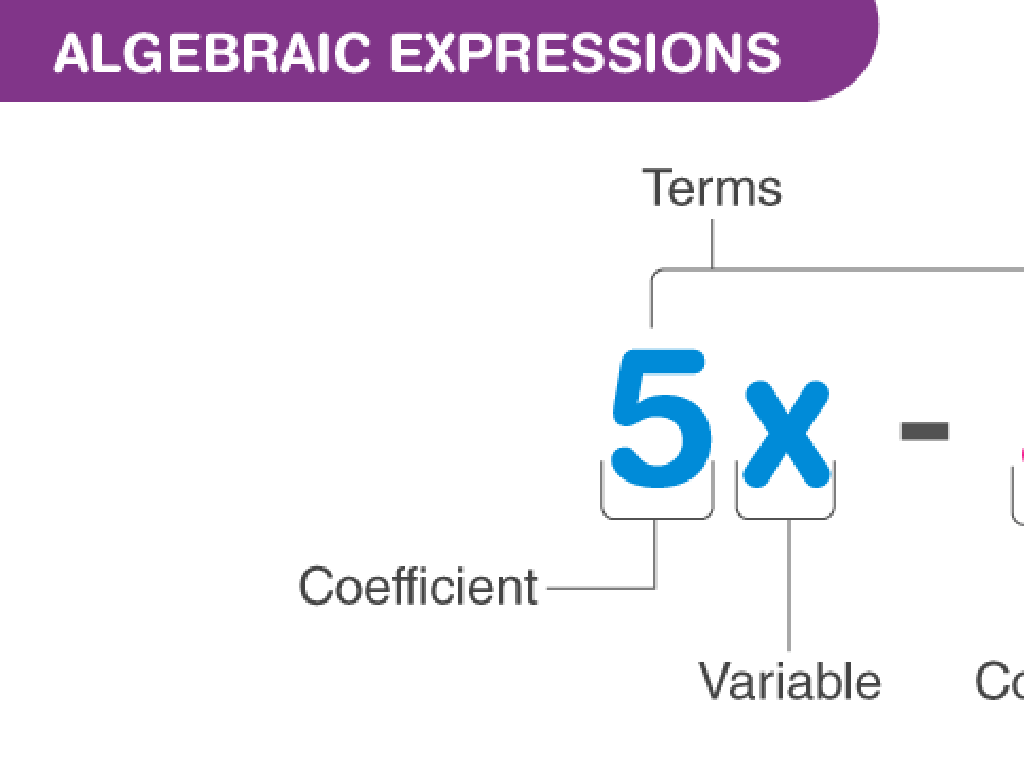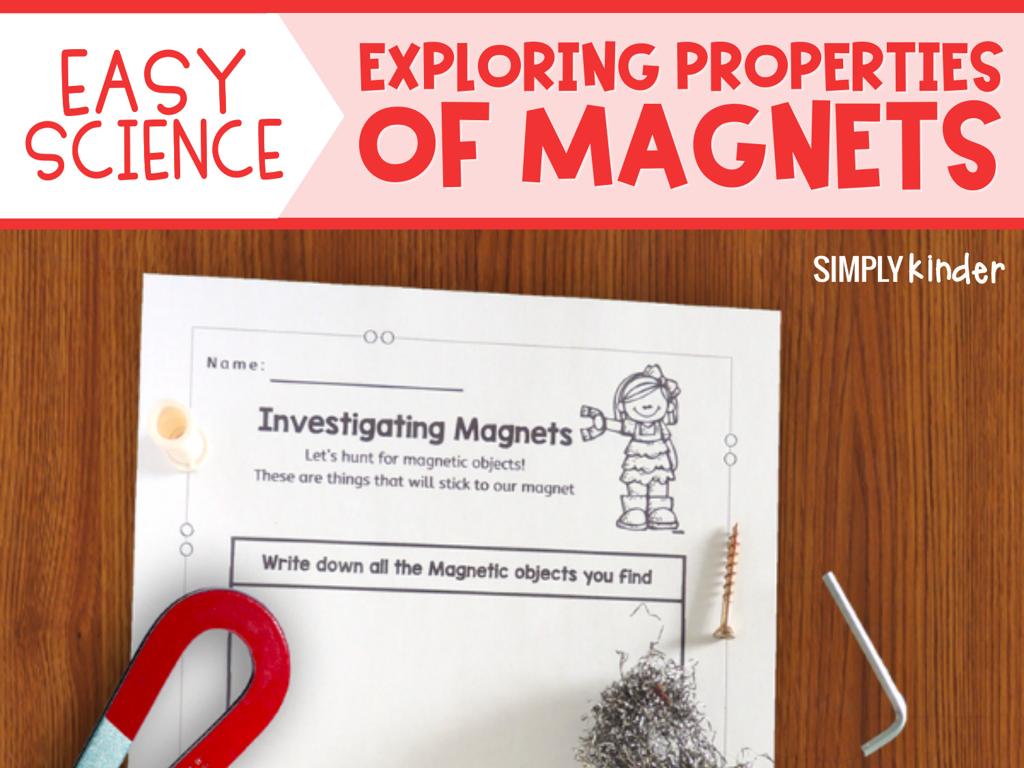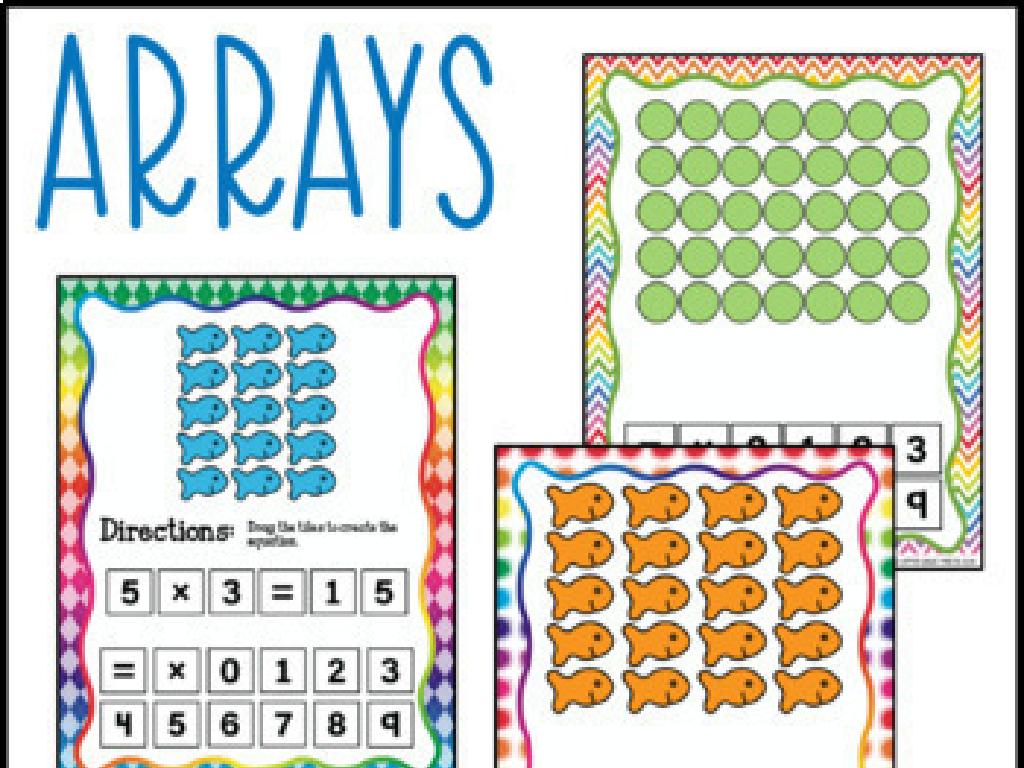Blend Onset And Rime Together To Make A Word
Subject: Language arts
Grade: Pre-k
Topic: Rhyming
Please LOG IN to download the presentation. Access is available to registered users only.
View More Content
Welcome to Rhyming!
– Greet our little learners
– Today’s fun topic: Blending Sounds
– What are rhyming words?
– Words that sound the same at the end
– Examples: ‘cat’ rhymes with ‘hat’
– ‘Bat’ and ‘sat’ also rhyme with ‘cat’ and ‘hat’
|
Begin the class with a warm and enthusiastic greeting to set a positive tone. Introduce the concept of blending sounds to create words, which is a foundational skill in reading. Explain rhyming words by emphasizing the similarity in the ending sounds of words. Use simple and familiar examples like ‘cat’ and ‘hat’ to illustrate the concept. Encourage the children to listen to the sounds and try to come up with their own rhyming words. This will help them understand the concept of rhyming and prepare them for the activities ahead where they will practice blending sounds to form words.
Blending Sounds: Onset and Rime
– ‘Onset’ is a word’s first sound
– Like /c/ in ‘cat’
– ‘Rime’ is what follows the onset
– Like /at/ in ‘cat’
– Examples with blocks or cards
– Use colorful visuals to show /c/ + /at/ = ‘cat’
|
This slide introduces the concepts of ‘onset’ and ‘rime’ to Pre-K students, which are foundational for understanding how to blend sounds to form words. The onset is the initial consonant sound of a syllable, while the rime is the string of letters that follow, usually a vowel and any subsequent consonants. Use colorful blocks or cards to visually represent the onset and rime, helping students to see how words are formed by combining these parts. For example, the word ‘cat’ can be broken down into the onset /c/ and the rime /at/. During the presentation, demonstrate how to blend the onset and rime together to make a word, and encourage students to practice with different examples.
Rhyming Fun: Matching Sounds
– Play onset-rime matching game
– Match the beginning sound to the word ending
– Use magnets or flashcards
– Visual aids make learning fun and interactive
– Help with pronunciation
– Guide children through blending sounds together
– Encourage everyone to participate
|
This slide introduces a class activity focused on blending onset and rime to form words, which is a foundational skill in phonics. Use visual aids like magnets or flashcards to create an engaging matching game. Each child can participate by choosing an onset sound and finding the corresponding rime to create a complete word. Assist the children in pronouncing the blends correctly, ensuring they understand how individual sounds merge to form words. Encourage all children to participate, providing a supportive and inclusive environment. Possible activities include matching sounds to pictures, creating words with blocks or tiles, and group games where children find their matching pair. The goal is to make learning to blend sounds a playful and enjoyable experience.
Let’s Find Rhymes!
– Learn rhyming words together
– Words that sound the same at the end, like ‘cat’ and ‘hat’
– Match sounds to pictures
– See a cat? Hear the ‘c-at’? That’s how we blend sounds!
– Practice onset and rime blending
– We’ll say the start of a word, then the end, and make a whole word
– Say it with me: onset, rime, word!
|
This slide is aimed at helping Pre-k students understand the concept of rhyming by blending onset (the beginning sound of a word) and rime (the ending part of a word). Start by introducing a set of rhyming words, using pictures to help children make the connection between the sounds and the words. Engage the class in an interactive activity where you say the onset and rime separately, then blend them together, encouraging the children to repeat after you. This will help them grasp how different words can rhyme by sharing similar sounds. Make sure to articulate clearly and give the children plenty of praise as they attempt to blend the sounds themselves.
Rhyming Story Time
– Read a rhyming story aloud
– Guess the rhymes together
– When I pause, shout out the word that rhymes!
– Discuss the story’s rhymes
– Which words sounded the same at the end?
– Learn to blend sounds
– Practice making new words by blending sounds
|
This slide is for a class activity focused on rhyming. Start by reading a short rhyming story to the class, making sure to enunciate the rhyming words clearly. Pause at the end of sentences with rhyming words and encourage the children to guess the word that rhymes. After reading, have a discussion about the rhyming words they heard. Ask them to identify the sounds that were the same in each pair of rhyming words. This will help them understand how to blend onset (the beginning sound of a word) and rime (the ending part of a word that contains the vowel and what follows it) to create rhyming words. For the activity, you can have children come up with their own rhyming words or match rhyming words you provide. This interactive approach will help them grasp the concept of rhyming and word blending.
Sing Along with Rhymes
– Sing nursery rhymes together
– Choose simple songs like ‘Twinkle Twinkle’ or ‘Baa Baa Black Sheep’
– Use hand motions for engagement
– Clap hands or stomp feet to the rhythm
– Repeat the song for pattern recognition
– Repetition helps kids recognize rhyming sounds
– Listen for rhymes in the song
– Encourage kids to point out words that sound the same
|
This slide is designed to introduce Pre-k students to the concept of rhyming through music and movement. By singing familiar nursery rhymes, children can naturally pick up on rhyming patterns. Incorporating hand motions and body movements makes the activity more engaging and helps with memory. Repeating the song several times allows children to become more comfortable with the rhymes and encourages them to listen for and recognize rhyming words. As an extension, ask the children to come up with other words that rhyme with the ones in the song, fostering their phonological awareness.
Create Your Own Rhyme
– Think of your own rhyming words
– Start with a word we give you
– For example, if we start with ‘cat’, what rhymes with ‘cat’?
– Find words that sound the same
– Words that end with a similar sound, like ‘hat’, ‘bat’, ‘rat’
– Show us your creative rhymes!
|
This slide is designed to engage Pre-k students in a creative activity where they can practice blending onsets and rimes to form rhyming words. Start by providing a word to the class and encourage them to think of words that rhyme with it. As they come up with rhyming words, praise their efforts to build confidence. This activity helps reinforce their understanding of sound patterns and word formation. For the activity, you can use words like ‘cat’, ‘dog’, ‘sun’, and ‘tree’ as starting points. Encourage the children to share their rhymes with the class, and celebrate all attempts to foster a positive learning environment.
Class Activity: Rhyme Time!
– Start ‘Rhyme Time’ game
– Each child says a rhyming word
– Keep the rhyme going in a circle
– Everyone gets a turn
|
This interactive class activity is designed to help Pre-k students understand the concept of rhyming by blending onset and rime. Begin by explaining that rhyming words have the same ending sounds. Demonstrate with a simple word, and then let each child continue the chain with a word that rhymes with the previous one. Encourage them to listen carefully to the sounds. If a child is stuck, help them out with prompts or suggestions. Possible variations of the activity could include using rhyming cards, rhyming songs, or even creating a rhyming story as a class. The goal is to make learning fun and engaging while reinforcing the concept of rhyming.
Great Job Blending Sounds!
– Recap blending onset and rime
– We learned to combine the first sound with the rest to form words.
– Celebrate our learning today
– You all did amazing with the rhymes!
– Say a cheerful goodbye
– Tease the next fun lesson
– Next time, we’ll play more sound games!
|
This slide is meant to conclude the lesson on blending onset and rime. Start by summarizing the key points of the lesson, ensuring the children understand that blending the initial sound (onset) with the rest of the word (rime) creates whole words. Offer praise to the children to reinforce their efforts and participation, which will encourage them and build their confidence. End the class on a high note with a cheerful goodbye, leaving the children excited and looking forward to the next class. Let them know that they will continue to have fun with sounds and words, which will keep them engaged and eager to learn.






